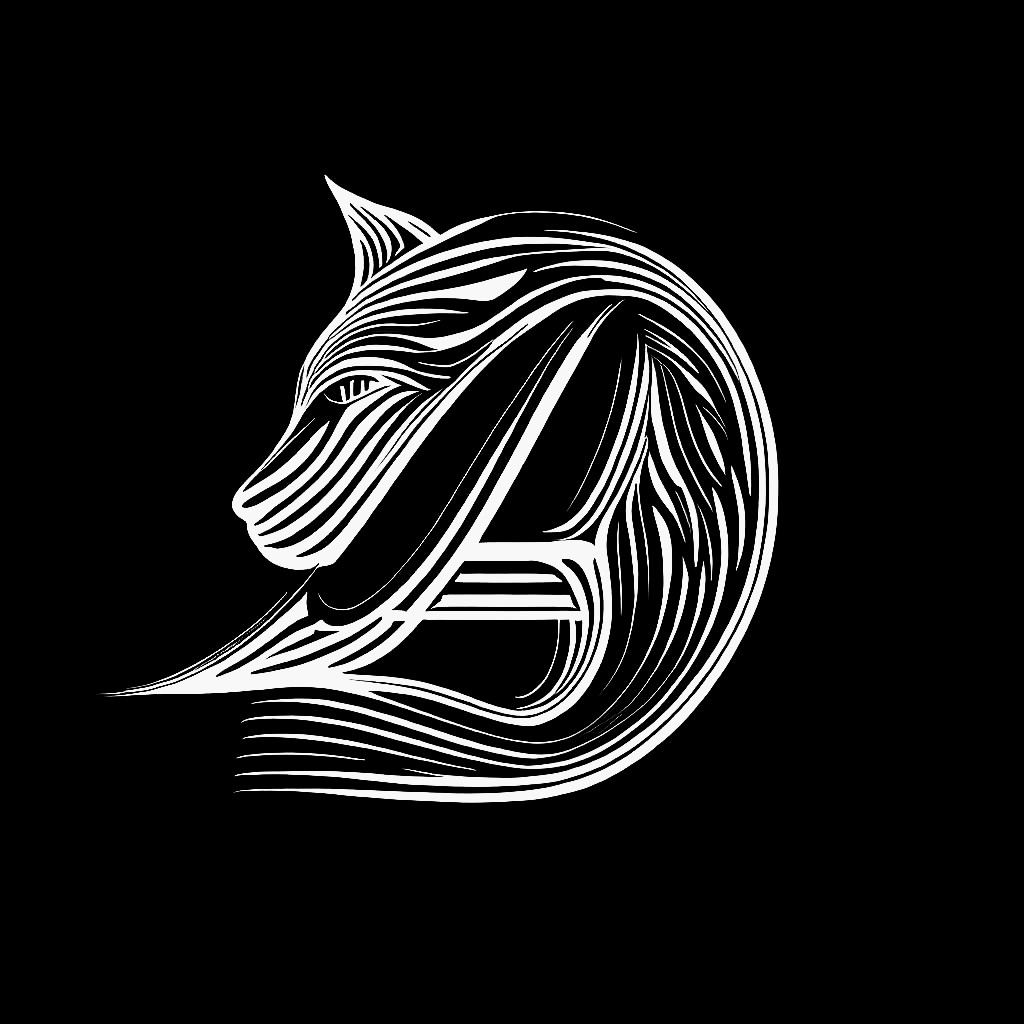Japan, an island nation known for its technological advancements, cultural depth, and societal norms, also boasts a unique and thriving pet culture. Like the careful art of tea ceremonies or the meticulous construction of sushi, the Japanese approach to pet ownership is a mixture of tradition, modernity, and deep-seated respect for all life forms. In this blog post, we will embark on an exploration of the fascinating world of pet culture in Japan, characterized by its attention to detail, commitment to companionship, and a heartwarming sense of community.
We often think of dog culture as a monolith – a singular, universal entity defined by chew toys, tail wagging, and a perpetual enthusiasm for walks. But it’s time we expand that perception. Just as human societies and communities vary across geographical boundaries, so does the culture of our furry companions. This blog post explores the fascinating world of dog community culture in different neighborhoods, highlighting their unique quirks, behaviors, and social constructs.
When we speak of culture, we often limit our perspectives to human beings, their traditions, customs, languages, and cuisines. However, the realm of culture extends beyond the human world. It encompasses our pets, who are cherished family members, and who, like us, can face challenges when adjusting to a new environment. Migrating to a new country, a new culture, a new way of life, is a transformative journey that we share with our pets. It’s a dance between the past and the present, between familiar routines and novel experiences.
We’ve often heard the saying, “Dogs have owners; cats have staff.” This humorous comparison encapsulates the general perception of canine and feline behavior. Dogs are seen as loyal companions, eager to please their owners, while cats are often characterized as aloof, independent, and a tad entitled. But are these behaviors universal, or do they change with the culture and environment they inhabit? The following exploration delves into the fascinating world of canine and feline behavior in different cultures, bringing us a step closer to understanding our four-legged companions better.
In the grand theater of human existence, happiness has played a leading role in the narrative of our lives. It’s the elusive protagonist that we continually chase, hoping to grasp its essence and make it a permanent part of our story. Yet, this pursuit is not one-size-fits-all – it is as diverse and varied as the cultures that shape our world. The concept of happiness, a subjective construct in itself, takes on different hues across the canvas of human societies. From the individualistic triumphs in the West to the harmony-laden Eastern philosophies, from the warm coziness of Danish ‘hygge’ to the community-centric African Ubuntu, happiness unfurls its spectrum in fascinating ways.
Amidst this vibrant array of perspectives, there exists a universal source of joy, a common denominator of delight that is oblivious to geographical boundaries and cultural differentiations – our pets. The wagging tail of a dog, the rhythmic purr of a cat, or the chirpy tunes of a pet bird, they all speak the universal language of happiness. As we delve into the exploration of cultural happiness and how our pets help us tune into it, we unravel the tapestry of shared emotions and experiences that bind us all.
Picture this: a gigantic, grinning cat with a hollow body, ready to transport you anywhere your heart desires. If you’re familiar with the enchanting world of Studio Ghibli’s “My Neighbor Totoro,” you’re no stranger to the iconic Cat Bus. But what is the deeper meaning behind this fantastical feline vehicle? Hop on board as we unravel the cultural symbolism and significance of the Cat Bus in this beloved animated classic.
Dogs have been cherished companions and faithful allies throughout human history, and nowhere is this bond more evident than in the diverse and vibrant dog cultures of Europe. Join us as we embark on a journey to explore the unique traditions, breeds, and stories that celebrate the unbreakable bond between humans and their canine companions across the European continent.
In the realm of artistic masterpieces, Francisco de Goya’s enigmatic painting, “The Dog,” stands out as a captivating and intriguing portrayal of a canine companion. Let us embark on a journey to explore the story behind this exceptional work of art and uncover the secrets hidden within its mesmerizing brushstrokes.
Cats have long captivated the hearts of humans, but the dawn of the digital age has propelled our feline friends to new heights of popularity. From adorable videos and pictures to hilarious memes and social media stars, cats have become a cornerstone of internet culture. In this post, we’ll delve into the reasons behind this phenomenon and explore the many ways in which cats have claimed their rightful place as digital royalty.
Japan has long been known for its love of cats, and the feline fascination extends beyond the visual realm into the very heart of the Japanese language. In this post, we’ll explore how Japan’s passion for our furry companions is interwoven into the culture’s language and expressions, painting a vibrant picture of the nation’s enduring adoration for cats.









